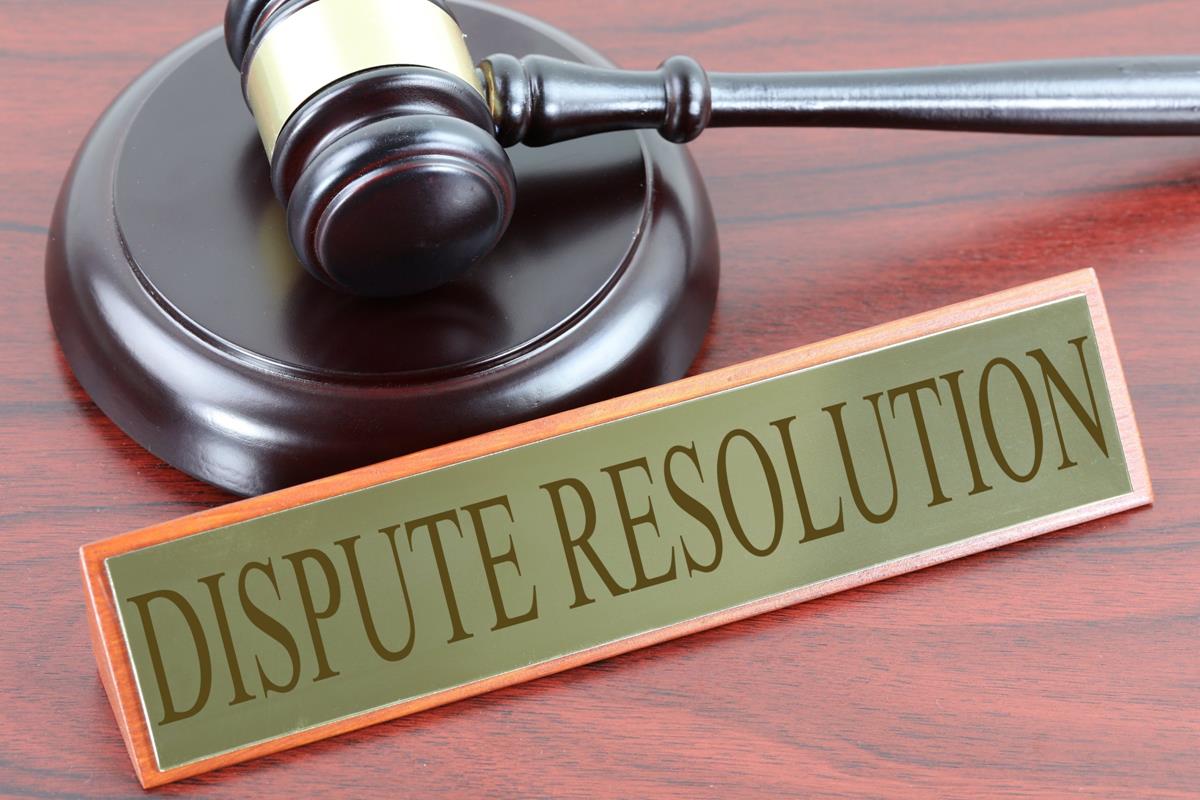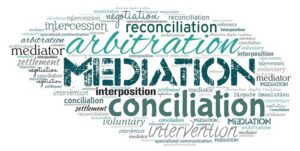Key Takeaways
- Effective legal dispute resolution can save time and money and reduce stress.
- Understanding different methods like mediation, arbitration, and litigation is crucial.
- Selecting the proper legal counsel is essential for a favorable result.
Table of Contents
- Introduction to Legal Dispute Resolution
- Types of Dispute Resolution
- Pros and Cons of Each Method
- How to Choose the Right Method
- Why Legal Representation Matters
- Closing Thoughts
Introduction to Legal Dispute Resolution
Legal disputes can emerge in various life facets, from business disagreements to personal conflicts. Effectively resolving these disputes is paramount, ensuring quicker solutions, fewer expenses, and minimal stress. For instance, enlisting the expertise of business contract lawyers Creve Coeur MO, can significantly streamline the resolution process, particularly for commercial disputes where the stakes are high and the implications complex. Successful dispute resolution often hinges on selecting the appropriate method and thoroughly understanding its intricacies. Each available approach—mediation, arbitration, or litigation—offers unique benefits and challenges. Knowledge of these methods can assist individuals and businesses in navigating disputes more efficiently and finding the most suitable resolution path.
Types of Dispute Resolution
Various legal methods are available to resolve disputes, primarily mediation, arbitration, and litigation. Each method has its unique framework and applications, making it essential to choose the one that best fits the situation.
- Mediation: In this approach, an unbiased mediator helps both parties find a solution they both agree on. Mediation is less formal than other methods and is designed to encourage cooperative problem-solving. This approach can efficiently maintain relationships between the disputing parties, focusing on collaboration rather than confrontation.
- Arbitration: Here, an arbitrator hears both sides of the dispute and makes a binding decision. Arbitration is more formal than mediation but less so than litigation. It serves as a middle ground, combining elements of both negotiation and adjudication. An arbitrator’s decision is usually final and can only be challenged under specific circumstances.
- Litigation: This method involves resolving disputes in a court of law, often with judges and juries. Litigation is the most official and conventional way of resolving disputes, characterized by its structured process and adherence to legal precedents. While it can be lengthy and costly, litigation offers a comprehensive and binding resolution backed by the full power of the judicial system.
Pros and Cons of Each Method
Every method of resolving disputes has benefits and drawbacks; choosing the process is a significant decision based on the specifics of the dispute and the desired outcome.
- Mediation: This method is cost-effective and quicker compared to others. It is designed to be a collaborative process where both parties retain control over the outcome. However, the solutions reached in mediation may not be binding, potentially leading to future disputes if one party does not adhere to the agreement.
- Arbitration: Arbitration is more formal and binding, as the arbitrator’s decision is final and enforceable. It is often preferred for disputes that require a conclusive resolution without the rigors of litigation. Nevertheless, arbitration can be expensive, especially if the parties opt for a panel of arbitrators instead of a single one. Additionally, it limits the opportunity for appeal, making it crucial that parties are satisfied with the arbitrator’s impartiality and expertise.
- Litigation: As the most thorough and binding method, litigation ensures that all aspects of the dispute are examined under the rule of law. The decisions made in court are enforceable and can set legal precedents. However, litigation is time-consuming and costly, often involving extensive legal fees and prolonged court battles. It can also be emotionally exhausting because of its aggressive character.
How to Choose the Right Method
Choosing the correct dispute resolution method depends on the specifics of the dispute at hand. Multiple aspects must be considered, such as the type of conflict, the connection between the parties, and the intended result. For instance, disputes involving ongoing relationships, like those between business partners or family members, might benefit more from mediation to preserve relationships. As per the U.S. Department of Justice, mediation and arbitration are frequently appropriate for faster and less confrontational resolutions. These methods can be particularly beneficial in maintaining ongoing relationships since they encourage cooperation and mutual agreement, unlike litigation, which can be combative.
Why Legal Representation Matters
Proper legal representation is essential in dispute resolution. Experienced lawyers excel at maneuvering through the intricacies of the legal system and significantly impact the result. They provide expert guidance on choosing the most appropriate dispute resolution method, ensuring the approach aligns with their client’s best interests. As noted by the ABA Journal, legal professionals bring invaluable insights and strategic thinking to the table. It is especially crucial in cases involving significant stakes or complex legal issues. Proper representation can substantially affect the resolution process through mediation, arbitration, or litigation. Lawyers can also draft agreements, ensuring they are legally sound and enforceable, reducing the risk of future disputes.
To illustrate the impact of effective dispute resolution, consider a workplace dispute resolved through mediation. The company and the employees reached a mutually satisfactory agreement, saving the company time and legal fees compared to a prolonged litigation process. The mediation resolved the immediate conflict and improved workplace relations by fostering a cooperative environment. Another example involves a commercial disagreement that was settled by arbitration. The binding decision provided a clear resolution without the delays typical of court cases. The involved parties benefited from a quicker, less formal process while achieving a conclusive outcome. This case highlights the efficiency of arbitration in resolving commercial disputes where a binding yet expedited resolution is desirable.
Closing Thoughts
Effective legal dispute resolution is essential for maintaining relationships, saving resources, and achieving timely solutions. Understanding the various methods—mediation, arbitration, and litigation—and their nuances can help the parties involved select the best strategy for their unique circumstances. Whether preserving business relationships through mediation or seeking a binding decision through arbitration or litigation, each method has its place in the arsenal of dispute resolution strategies. With the proper knowledge and legal representation, parties can navigate disputes more confidently and effectively, ensuring a resolution that aligns with their needs and goals.




